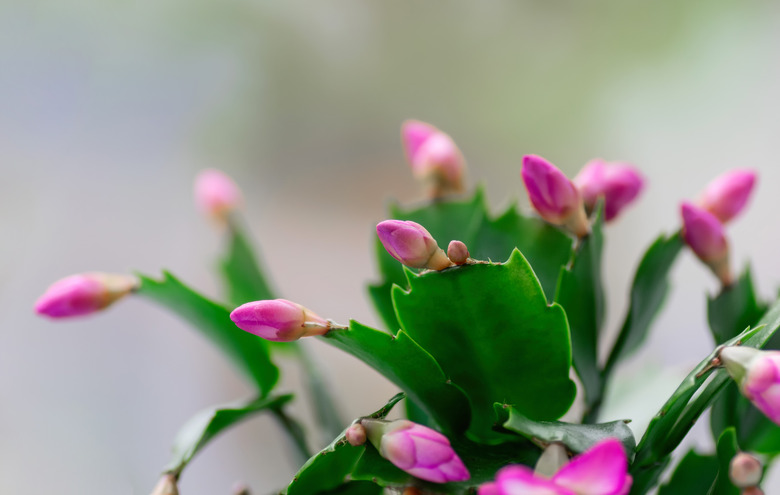How To Grow Cactus Hydroponically
We may receive a commission on purchases made from links.
As with all other plants, cacti (family Cactaceae), hardy in U.S. Department of Agriculture plant hardiness zones 3 through 12, depending on the species, require water and nutrients in order to grow. This means that although desert cacti usually grow only in dry soils and tropical cacti in the branches of trees, they can also be grown hydroponically using the ebb and flow method. The roots need only soak in the water and nutrient combination, before draining the solution and allowing the aggregate to go almost dry before repeating the process.
To grow cactus hydroponically offers several advantages over traditional in-ground soil methods. Nutrient and water levels can be controlled more precisely, contributing to greater vigor and health for the plant. Additionally, once the hydroponic system has been set up, taking care of the cactus requires much less effort than in other methods.
How to Grow Cactus Hydroponically
1. Prepare the Aggregate
Rinse the aggregate material, such as gravel or expanded clay pebbles, and soak it in water for several hours or overnight.
2. Set Up the Pots
Place the net inner pot inside the outer pot. Cover the bottom of the inner pot with an inch of the aggregate.
3. Wrap With Newspaper
Put on protective gear, including thorn-proof gloves and safety goggles. Wrap the cactus in layers of folded newspaper to protect the plant and your hands from the spines.
4. Remove Soil From the Cactus
Remove the cactus from the soil and rinse the roots until all the soil has been removed. This will prevent the potential problems that can come with soil — such as fungus or parasite growth — from occurring. Be careful not to damage the roots.
5. Snip Off Damaged Roots
Sterilize scissors in rubbing alcohol; then snip damaged, dead or rotting roots from the cactus. Dust or mist the roots lightly with a fungicide to prevent fungal infections.
6. Repot the Cactus
Place the cactus on top of the initial layer of aggregate material. Spread the roots evenly around in the space available. Fill the pot with the remaining aggregate. Try not to cover up the part of the cactus with spines, but make sure that enough material is in place to keep the plant stable. It should be grounded firmly, with no risk of falling to the side.
7. Water Weekly at First
Soak the aggregate by running water through the pot weekly. Allow the water to drain completely from the aggregate and pot. Follow this routine for the first three to four weeks.
8. Mix the Nutrient Solution
Mix standard A- and B-type nutrient solutions with water to the level of concentration recommended by the solutions' packaging. Fill the pot or tray with enough of this nutrient and water mix to cover the bottom half of the roots. Avoid putting in enough water to soak the stem of the cactus; doing so will cause the plant to rot.
9. Let It Dry Out
Allow desert cacti to go dry before running water through the aggregate and then adding fresh nutrient solution. In the case of tropical cacti, such as the Schlumbergera and Rhipsalis species, hardy in USDA zones 10 through 12, rinse and add freshly mixed solution before the aggregate goes completely dry.
10. Rinse as Needed
Remove the plant from the pot as needed to wash the roots, making sure to remove any dead or decaying roots. Rinse the stem of the cactus as well to remove dust.
11. Repot Pot Bound Cacti
Place the cactus in a new pot once its roots have filled the inner container. This will probably occur once every two to three years. There is no need to repot the plant unless this occurs.
